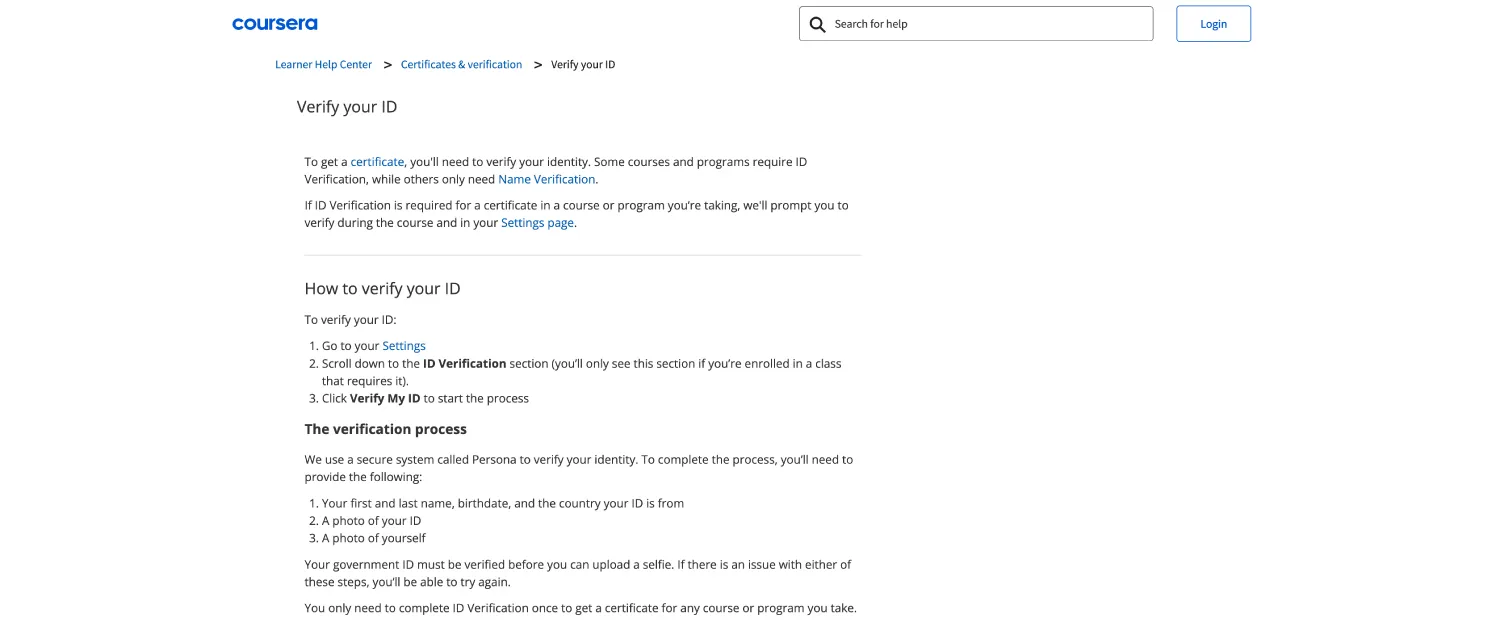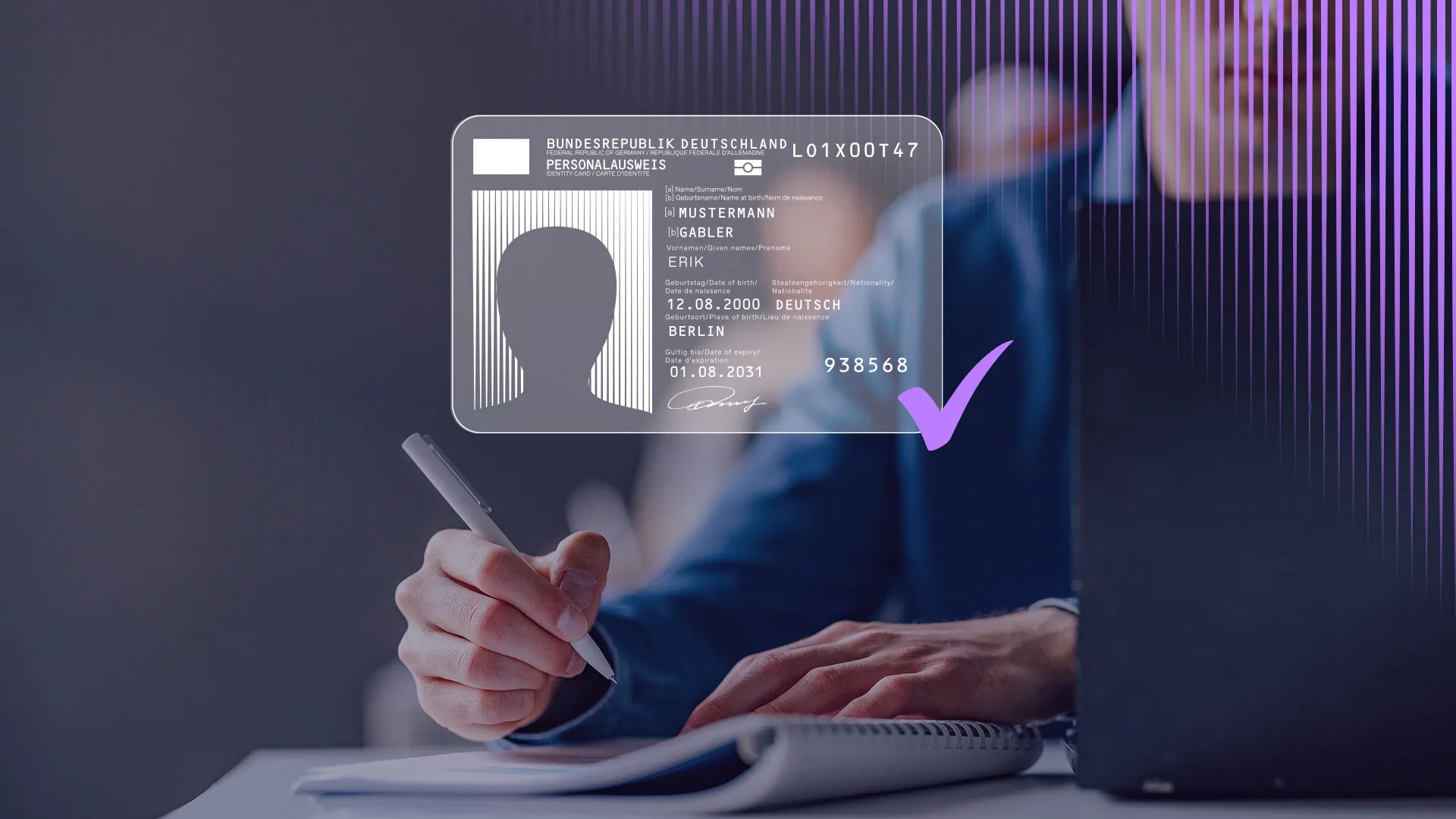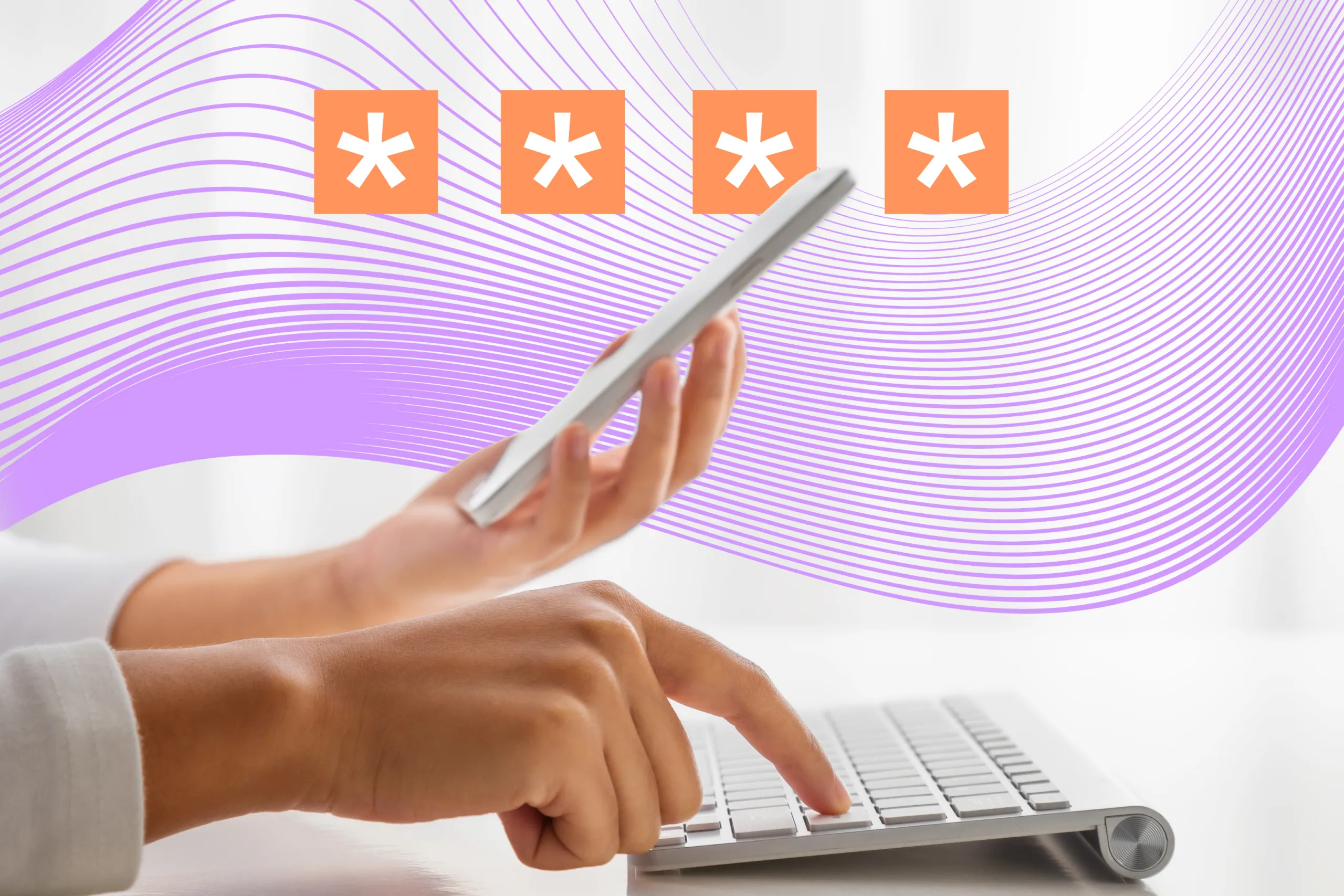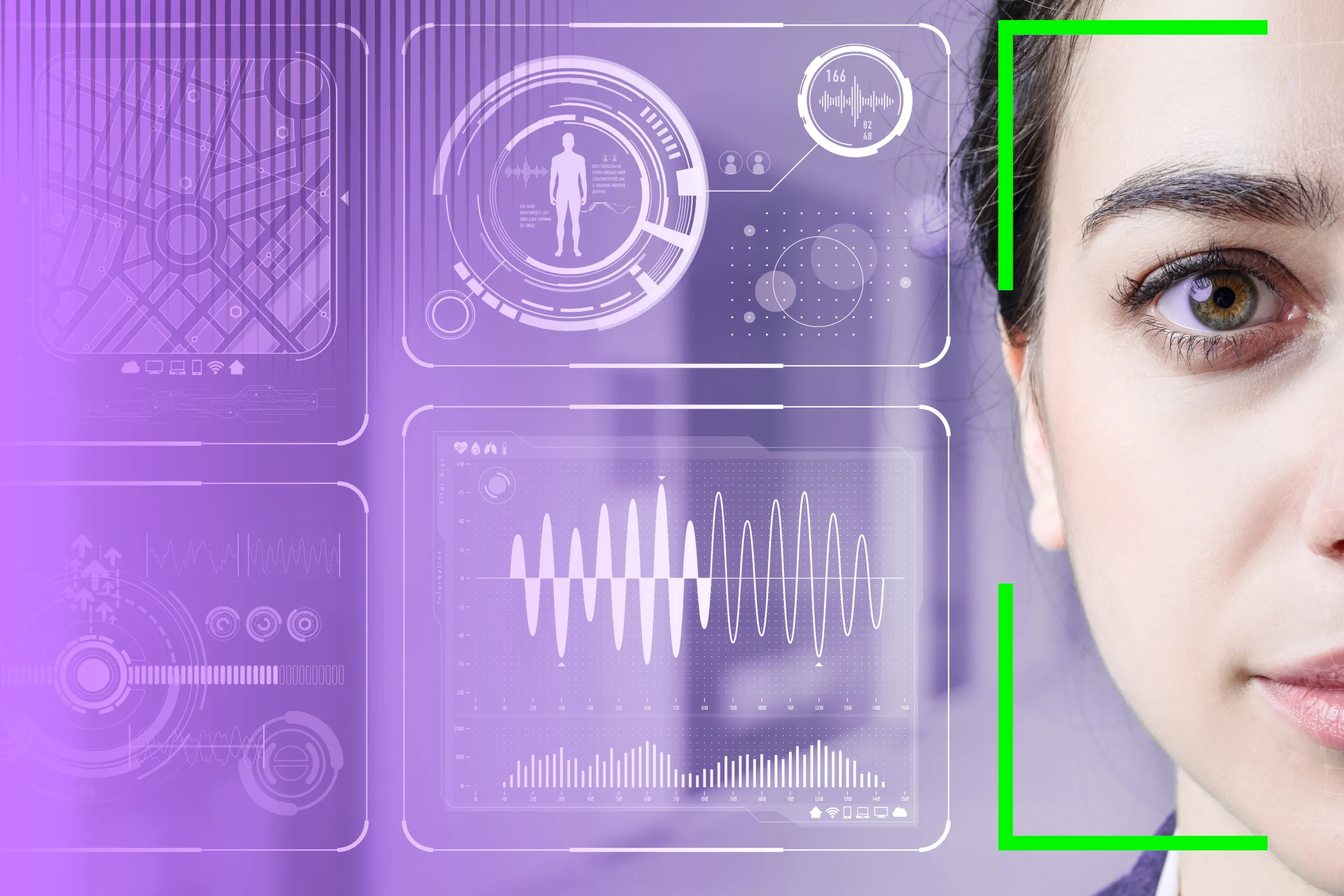Ever since education went remote, many schools, universities, and learning platforms have been fighting fake enrollments and cheating in online exams. The former are siphoning funds meant for real students, while the latter massively disrupt academic integrity. What’s more, conventional learning has also long suffered from absenteeism, from both students and teachers.
To combat these issues, more and more institutions are employing advanced identity verification solutions to make sure students are who they claim they are. In this article, we explore how such solutions are implemented, why they matter, and what privacy concerns they raise.
Subscribe to receive a bi-weekly blog digest from Regula
Why identity verification in education matters
At first glance, it may seem that ID verification doesn’t play the same critical role in education as it does in sectors like finance, travel, or gambling. However, to protect academic integrity, universities and other educational institutions are becoming more keen to implement some form of identity checks.
There are multiple reasons for this:
.svg)
Ghost students
Fake student accounts created to exploit financial aid or other resources are growing in number. Fraudsters use stolen or synthetic identities to enroll phantom students, then pocket grants and scholarships without any real attendance. What’s more, diverting funds from legitimate learners is only part of the problem: once enrolled, these fake accounts can gain access to campus email or VPN networks.
Alarmingly, the Los Angeles Times has recently reported that, in 2024, California colleges identified over 1.2 million fraudulent student applications, including more than 223,000 fake enrollments at community colleges. That’s why, starting this year, first-time federal student aid applicants are now required to present a valid government photo ID (either in person or over live video) to a school official, with copies of IDs retained for audit.
Cheating by impersonation
Student identity verification is equally vital for coursework and exams, as the surge in online learning has allowed for more opportunities for impersonation. In fact, exam impersonation is touted as a top method for cheating in many “how to beat online exams” tutorials.

To fight this, many universities now require students to show a photo ID to the webcam and take a selfie before an online test begins, so that the test-taker’s face matches the enrolled student’s identity on record.
Absenteeism
IDV technology is also being used to verify daily attendance, particularly in cases where absenteeism (of both students and staff) has been a chronic problem. Many schools have historically struggled with proxy attendance, where a friend could answer roll call for an absent student, or where teachers could fudge attendance records. And there’s also a financial angle: in some public school systems, funding and teacher salaries are directly tied to attendance.
However, when a student must scan their face to be marked present, cheating on the attendance sheet is nearly impossible. One success story is the region of Uttar Pradesh in India, where deploying facial recognition systems in residential schools immediately boosted both student and teacher attendance.
ID verification for education in offline settings
As mentioned above, the most prominent trend concerning IDV in education is the deployment of biometric attendance systems. This does away with calling out names or swiping ID cards, as facial recognition cameras are becoming more and more common.
One of the earliest known instances of such systems being implemented can be traced back to 1997. That year, Eagan High School in Minnesota became one of the first U.S. schools to use fingerprint readers. In this case, however, it wasn’t used to track attendance, but to check out library books.
A lot has changed since: Eagan High School no longer uses the system, while many others have embraced biometrics. The trend has been gaining momentum in South Asia, as several Indian state governments have rolled out facial recognition attendance in schools on a massive scale. In the state of Telangana, for instance, officials introduced a face-recognition mobile app that requires students (and now teachers) to snap a photo in class to mark attendance. The system automatically compares the photo to stored face images, and generates a list of absentees complete with their headshots. After piloting this in a few districts and seeing “desired results,” Telangana is expanding facial recognition statewide in government schools.
However, implementations in other regions face pushback: European regulators have largely slammed the door on facial recognition in schools, deeming it disproportionate and legally problematic. A high-profile case occurred in Sweden back in 2018, where a school that trialed facial recognition for class attendance was swiftly deemed in violation of privacy laws. The Swedish Data Protection Authority fined the school about €20,000 and warned that even with student/parent consent on paper, such systems likely fail the GDPR requirements. The reasoning was that underage students are not in a position to freely consent to surveillance by school authorities. Furthermore, regulators argued that there are always less intrusive means to achieve the same goal of recording attendance.
Facial recognition… in the cafeteria?
In 2021, North Ayrshire Council introduced facial recognition technology in nine school cafeterias to verify pupils’ identities for cashless lunch payments. The system scanned students’ faces at the register to charge the correct account, affecting 2,569 pupils.
This unorthodox use has also brought scrutiny, as the Information Commissioner's Office put a stop to the system shortly after they were informed of it.
As for higher education, universities have generally been slower to adopt biometric attendance tracking; but at the same time, they are sometimes the source of even more innovative use cases. One example comes from Guilford College in the United States, where an AI-powered facial recognition system for classroom management is being developed.
The prototype uses multiple wall-mounted cameras to not only take attendance, but also monitor student attentiveness and emotion during class. The goal, according to the project lead, is to relieve faculty of policing distractions: if a student is dozing or not paying attention, the system would flag it and record evidence. Naturally, faculty and students have expressed discomfort at the idea of being watched by an algorithm throughout class, calling it a recipe for stress and a potential invasion of privacy.
ID verification for education in online settings
No less important is the application of IDV in the context of remote learning. When a new student enrolls in an online university or e-learning platform, the institution should be able to confirm that the person is real and not using someone else’s identity.
Many online learning platforms now require students to complete a one-time identity verification step as part of registration, typically through capturing an image of an ID and matching it with a selfie portrait. For example, Pearson VUE partnered with Regula to set up a solution that automatically checks the authenticity of the ID document and flags any mismatch of the student’s selfie to the photo on the ID.
Platforms like Coursera, which also offer certificate-bearing courses, are known to ask learners to go through an ID verification procedure. This helps the platform and future credential verifiers make sure that the individual who completed the coursework is the same person named on the certificate.

The Coursera help center explicitly notes that to earn a certificate in certain courses, you’ll need to verify your identity.
Online exams also bring the highest level of scrutiny for identity verification. This is where remote proctoring systems are often used: students are requested to enable their webcam, show a valid photo ID close to the camera, and often capture a clear face photo of themselves holding or alongside the ID. The proctoring software (or a human proctor observing remotely) examines whether the ID is legitimate and matches the student’s face.
During the exam, the software may also use the webcam feed to make sure the same face continues to be present. For example, the university policy note from SUNY Downstate informs that students taking exams with remote software are photographed and recorded during the exam for identity verification purposes.
At the same time, the recent rise of deepfakes has raised many concerns in the industry, because a convincing fake could potentially fool a proctoring system during an ID check. In response, remote identity verification solutions like Regula Face SDK incorporate active and passive liveness detection. Active liveness detection prompts the user to perform actions like blinking or turning their head, while its passive counterpart looks for physiological signs like skin texture to ensure the webcam is seeing a live person.
How Regula powers attendance tracking in schools and universities
Identity verification in education is slowly moving from niche to norm; however, clear limits are absolutely necessary in the case of attendance tracking. As powerful as the system can be, it must not violate local personal privacy laws, especially in the case of underage students.
As for the system itself, your institution’s ID verification can be powered by solutions like Regula Document Reader SDK and Regula Face SDK, which can easily integrate with your existing mobile or web applications.
Regula Document Reader SDK processes images of documents, verifies their real presence, and authenticates them, both in offline and online settings. At the same time, Regula Face SDK conducts instant facial recognition and prevents fraudulent presentation attacks (use of static face images, printed photos, video replays, video injections, masks) at registration or during exams.
Want to learn more? Book a call, and we will help you make your identity verification secure and compliant.





